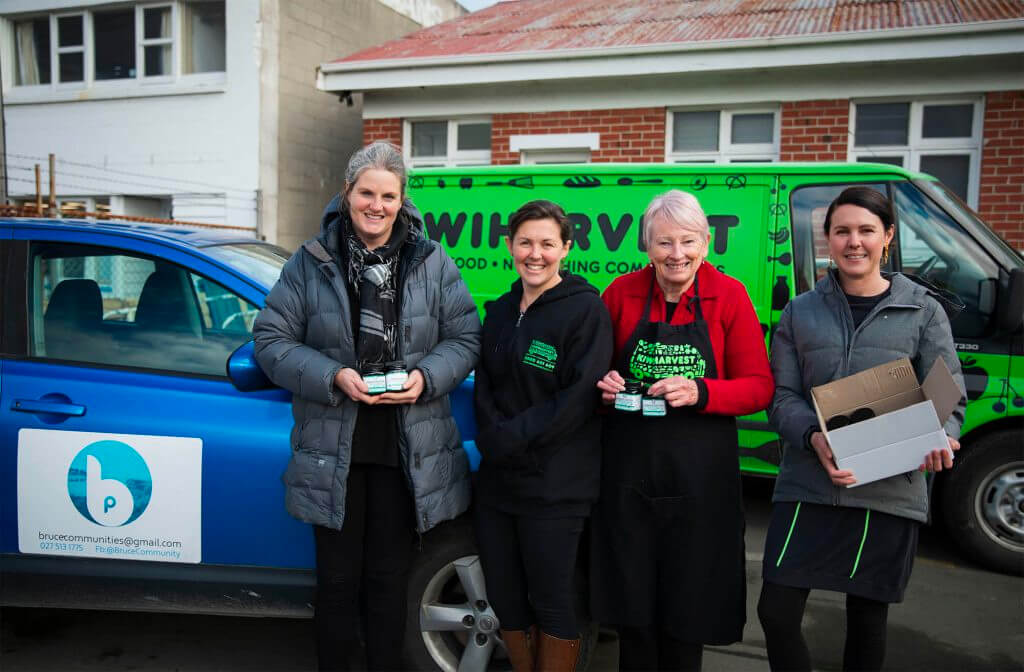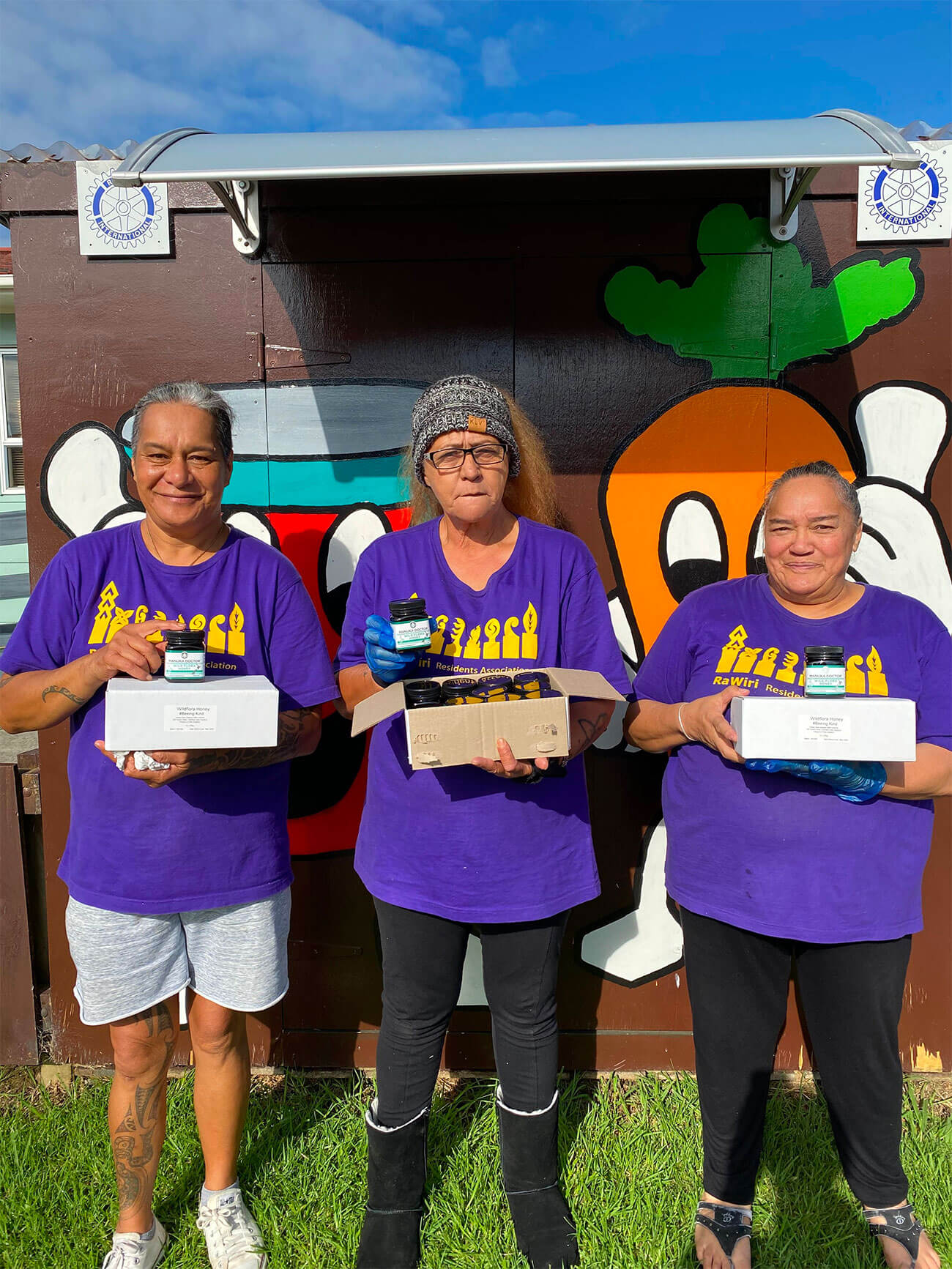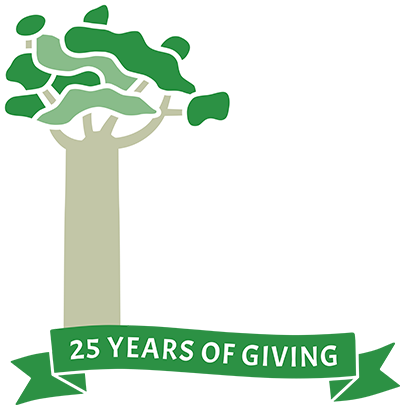During the first lockdown phase of the COVID-19 pandemic, many New Zealand households found themselves in a precarious position in relation to food supply. The Tindall Foundation (TTF) recognised opportunities and learnt a lot over the course of COVID-19, and is now actively working towards tackling the food security issue in New Zealand at two levels. The first is aimed at supporting whānau/families most in need in a collaboration with KiwiHarvest to form the New Zealand Food Network (NZFN). The second is through social enterprise, where we are exploring a co-operative model to provide whānau access to quality kai/food at affordable prices.
What was the aim for KiwiHarvest and TTF?
Many organisations and businesses in the emergency food sector found themselves inundated with back-to-back Zoom meetings during the pandemic. Essential workers from food-rescue organisations worked from home, reacting to situations no one had envisaged.
For many, COVID-19 sparked new connections, fresh conversations and innovative solutions. That’s what happened when TTF and Sam Morgan’s charitable foundation, Jasmine Social Investments supported KiwiHarvest to develop NZFN as a national solution to help address food supply using large quantities of rescued food.
The Auckland City Mission estimates that half a million people in New Zealand regularly experience food insecurity. COVID-19 caused that to increase to 1.25 million people. Meanwhile, a University of Otago study estimates that New Zealand’s primary producers, retailer, and hospitality outlets waste over 125,000 tonnes of food each year, which is responsible for over 300,000 tonnes of greenhouse gases.
How does it work?
As lockdown loomed in March 2020, KiwiHarvest CEO Gavin Findlay met with a group of supporters focused on expanding the organisation’s capacity to gather and distribute bulk amounts of rescued food to community organisations and food banks on a national scale. The aim was to get food to whānau/families who needed it most, as quickly and as cheaply as possible.
Prior to lockdown, KiwiHarvest was rescuing up to 120,000 kg of quality surplus food every month from supermarkets, wholesalers, food producers, cafés, restaurants and hotels. But the arrival of COVID-19 precipitated a sudden shortage, as food began to fly off supermarket shelves and wholesalers were unable to operate at normal capacity. This severely compromised KiwiHarvest’s supply chain. As Gavin puts it, things went from the sublime to the ridiculous in an instant: demand was higher than ever but there was less supply available.
On the up side, some businesses were left with an excess of food. Butchers that had needed to close overnight were stuck with soon-to-expire meat, while fast-food chains had large amounts of fresh produce on hand. During lockdown all sorts of food became available, including over 2000 sides of pork, 400 pallets of Easter eggs, 24 tonnes of vegetables and 50 pallets of fresh produce.
KiwiHarvest faced the fresh challenge of finding enough storage space for this plethora of perishable food. It lacked enough trucks or volunteers to cope with the sudden influx of produce, and needed quickly to develop a system to handle and distribute these large quantities of food.


What has been achieved?
Immediate funding was required to establish a national bulk food rescue, storage and delivery network. The Tindall Foundation and Sam Morgan’s foundation responded with a loan to help KiwiHarvest establish the New Zealand Food Network (NZFN). That turned the wheels faster in the new COVID-19 environment, enabling KiwiHarvest and supporting organisations to deliver some 400 tonnes of food to communities that needed it most during the lockdown period.
A new initiative during this period was the development of a marae-based distribution network. Most marae are well set up to manage large quantities of food, and many have food storage capacity, including for frozen food. Marae are well connected to whānau, can mobilise quickly and, most importantly, know how to reach the neediest members of their communities. NZFN worked with iwi agencies and Whānau Ora organisations across Aotearoa to build marae into their distribution network. Rukumoana Schaafhausen, chair of Waikato–Tainui’s executive board Te Arataura and a TTF Trustee, arranged for the first marae delivery. On the Thursday before Easter, NZFN delivered 6.25 tonnes of food to Waahi marae in Rahui Pokeka/Huntly. From there the food was distributed to over 600 families through 18 smaller marae across Waikato–Tainui.
The way in which food was able to reach those in need, including in rural areas, through larger family links, speaks to the core of what TTF is about: recognising the strength of families and communities, and supporting them and our natural environment to thrive now and in the future.
Connections made during this exercise led to the birth of The Good Kai Project.
The Good Kai Project.
Over the COVID-19 lockdown period in March and April 2020, development of a marae network for food distribution sparked further conversations about the potential for a foodsystem network based around an enterprise model that is by Māori for Māori. TTF, alongside three iwi who see the value of marae-based distribution, are co-funding a pilot called The Good Kai Project. It utilises hapū/kinship groups and whānau land, local people, and community knowledge of food growing and harvesting. The project aims to support hapū and whānau to be more resilient in times when food is in short supply or unaffordable, at the same time creating employment and developing Māori enterprise.
With food that is locally grown or harvested and could include rescued food, the model promises an affordable, healthy, and ecological alternative to shopping. While the exact form in which The Good Kai Project. will reach households is still under development, it will include a number of food options, depending on the size of a household, their budget and their food needs. (Waikato-Tainui iwi has offered to act as a pilot.) End consumers will codesign the programme, ensuring it is suitable for use by households at different income levels. The goal is to create value right through the supply chain — from growing food through to home delivery.
The potential of a local food network by Māori for all New Zealanders has sparked an exciting opportunity to help address longer-term food resilience in Aotearoa.




